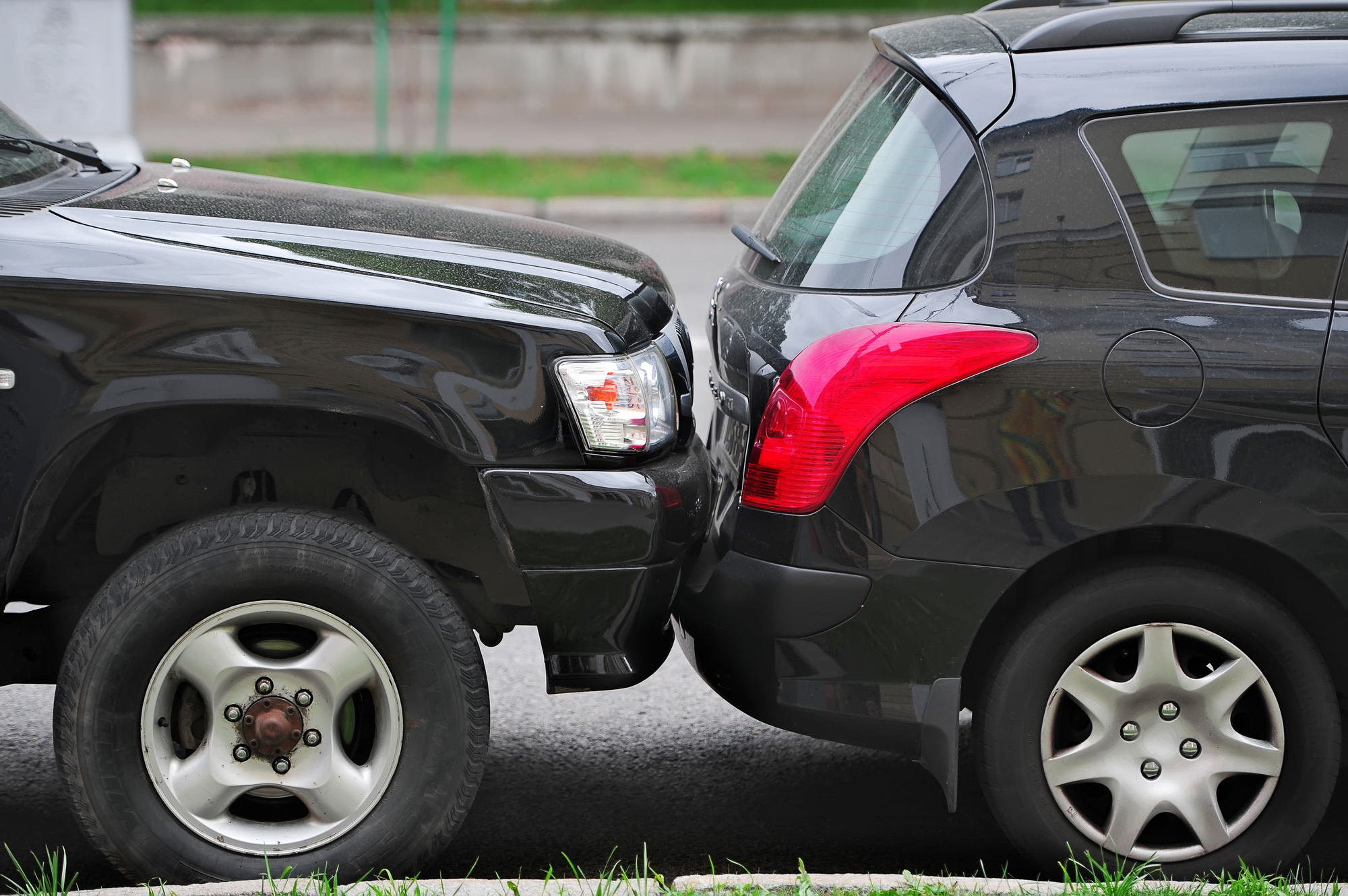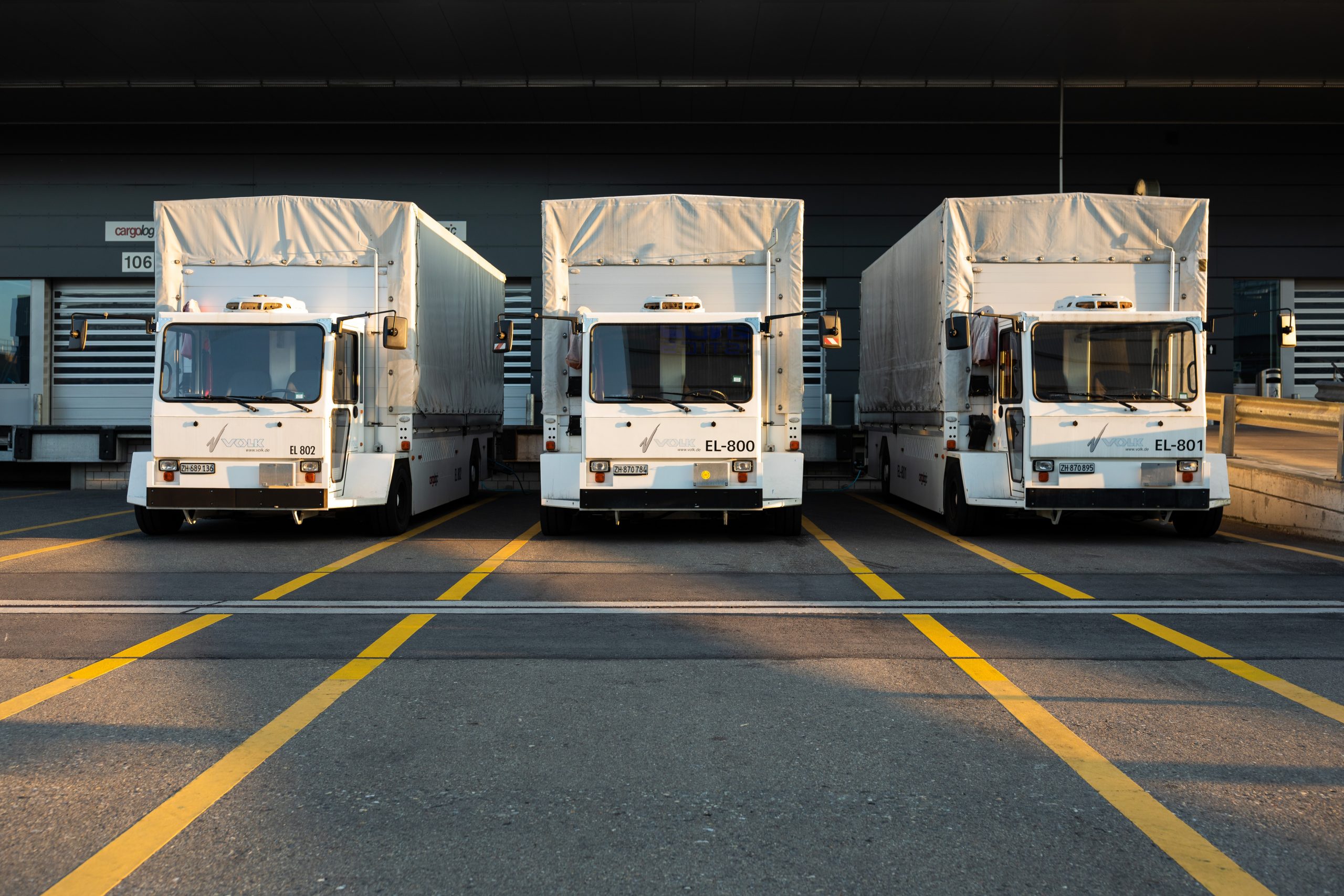Last Updated on: 22nd November 2023, 10:00 am
Road traffic crashes result in the deaths of nearly 1.35 million individuals annually. Car accidents are one of the leading causes of death and injury in many countries around the world.
Different types of car accidents are caused by a range of factors including driver negligence, reckless driving, distracted driving, and many others.
Whether you’re a new driver or a seasoned pro, it’s important to understand the various types of accidents that can occur on the road. Read on to learn more!
What is Negligence and Common Examples of Negligence in Car Accidents
Negligence is a legal term that refers to a failure to take reasonable care in one’s actions or omissions. This can lead to harm or injury to another person.
In the context of car accidents, negligence can occur when a driver fails to follow traffic laws or exercise reasonable care. This results in harm or injury to other drivers, passengers, or pedestrians.
To prove negligence, accident lawyers should come in handy. Find out more about alphaaccidentlawyers.com and how they can help you prove negligence.
Here are some common examples of determining negligence in car accidents:
Distracted Driving
Distracted driving is a leading cause of car accidents, and it can take many forms. Some common examples include texting or using a phone while driving, eating or drinking, adjusting the radio or navigation system, and talking to passengers. When a driver gets distracted, their attention is diverted from the road, increasing the likelihood of a collision.
Speeding
Speeding is another leading cause of car accidents. When a driver exceeds the posted speed limit or drives too fast for the current road and weather conditions, they reduce their ability to react to unexpected situations.
This increases their risk of losing control of their vehicle. Speeding also increases the force of impact in a collision, which can result in more severe injuries.
Drunk Driving
Driving under the influence of alcohol or drugs is illegal and dangerous. Alcohol and drugs impair a driver’s ability to make sound decisions, react quickly, and stay focused on the road. Drunk driving is responsible for a significant percentage of car accidents and often results in serious injuries or fatalities.
Failure to Obey Traffic Laws
Traffic laws are in place to keep drivers, passengers, and pedestrians safe. When a driver fails to stop at a red light or stop sign, fails to yield to other vehicles, or does not signal when changing lanes or turning, they increase the risk of a collision. Failure to obey traffic laws is negligent behavior and can result in legal liability.
Aggressive Driving
Aggressive driving includes behavior such as tailgating, cutting off other drivers, and weaving in and out of traffic. This type of behavior can lead to collisions and is a form of negligence. Aggressive driving is often the result of frustration, impatience, or a desire to get to a destination quickly.
Vehicle Maintenance Issues
Proper vehicle maintenance is essential for safe driving. When a driver fails to maintain their vehicle, such as driving with worn or defective brakes, tires, or headlights, they increase the risk of an accident.
For example, worn brakes may not be able to stop a vehicle quickly enough to avoid a collision. Defective headlights can make it difficult to see the road ahead.
What are At-Fault Accidents?
An at-fault accident is a type of car accident in which one driver is to be responsible for causing the accident. The driver who is found to be at fault is typically deemed to have been negligent or careless in their actions, which led to the accident.
Determining fault in a car accident can be a complex process. It involves examining various factors, such as witness statements, police reports, and physical evidence.
In some cases, a fault may be clear-cut, such as if one driver ran a red light and caused a collision. In other cases, fault may be more difficult to determine. An example is when both drivers were making left turns at an intersection.
When a driver is at-fault for a car accident, they may be held liable for damages, including property damage, medical expenses, and lost wages. This is where having insurance can be crucial, as it can help cover these costs.
The at-fault driver’s insurance company may also face an increase in premiums. They may choose not to renew the driver’s policy.
Types of Car Accidents You Should Know About
It’s important to learn the different types of car accidents that can occur on the road – from rear-end crashes to head-on collisions. This will help you understand the risks and stay safe on the road.
Rear-End Collision
A rear-end collision occurs when one vehicle hits the back of another vehicle. This type of accident is often caused by the following reasons:
- The driver of the rear vehicle was following too closely and did not leave enough distance to stop in time
- The driver of the rear vehicle was distracted, such as texting or talking on the phone
- The driver of the rear vehicle was driving under the influence of drugs or alcohol
In most cases, the driver of the rear vehicle is at fault and negligent for a rear-end collision. There are exceptions, such as if the driver of the front vehicle suddenly stopped. A mechanical failure that caused the accident may also be an exception.
Head-On Collision
A head-on collision occurs when two vehicles traveling in opposite directions collide with each other. This type of accident is often caused by the following reasons:
- The driver of one of the vehicles was driving on the wrong side of the road
- The driver of one of the vehicles was distracted and drifted into the opposite lane
- The driver of one of the vehicles was driving under the influence of drugs or alcohol
In most cases, the driver who was driving on the wrong side of the road is at fault and negligent for a head-on collision. There are exceptions, such as if the other driver was also driving recklessly or under the influence.
Side-Impact Collision
A side-impact collision, also known as a T-bone collision, occurs when one vehicle collides with the side of another vehicle. This type of accident is often caused by the following reasons:
- The driver of one of the vehicles ran a red light or stop sign
- The driver of one of the vehicles failed to yield the right of way
- The driver of one of the vehicles was distracted and did not see the other vehicle
In most cases, the driver who ran the red light or failed to yield the right of way is considered at fault and negligent for a side-impact collision. However, there are exceptions, such as if the other driver was also driving recklessly or under the influence.
Single-Vehicle Accident
A single-vehicle accident occurs when a vehicle crashes into an object, such as a tree or a guardrail, without colliding with another vehicle. This type of accident is often caused by the following reasons:
- The driver was driving too fast for the road conditions
- The driver was driving under the influence of drugs or alcohol
- The driver was distracted, such as texting or talking on the phone
In most cases, the driver is considered at fault and negligent for a single-vehicle accident. However, there are exceptions, such as if there was a mechanical failure that caused the accident.
Multi-Vehicle Pileup
A multi-vehicle pileup occurs when multiple vehicles collide with each other in a chain-reaction accident. This type of accident is often caused by the following reasons:
- The driver of one of the vehicles was driving too fast for the road conditions
- The driver of one of the vehicles was distracted, such as texting or talking on the phone
- The driver of one of the vehicles was driving under the influence of drugs or alcohol
In most cases, the driver who started the chain-reaction accident is considered at fault and negligent for a multi-vehicle pile-up. However, there are exceptions, such as if there was a sudden weather event that caused the accident or if one of the vehicles had a mechanical failure.
Pedestrian or Bicycle Accident
A pedestrian or bicycle accident occurs when a vehicle collides with a pedestrian or cyclist. This type of accident is often caused by the following reasons:
- The driver of the vehicle was not paying attention to the road
- The driver of the vehicle was driving under the influence of drugs or alcohol
- The pedestrian or cyclist was not following traffic laws
In most cases, the driver of the vehicle is considered at fault and negligent for a pedestrian or bicycle accident. However, there are exceptions, such as if the pedestrian or cyclist was jaywalking or not following traffic laws.
Parking Lot Accident
A parking lot accident occurs when two vehicles collide in a parking lot. This type of accident is often caused by the following reasons:
- The driver of one of the vehicles was not paying attention to their surroundings
- The driver of one of the vehicles was driving too fast for the conditions
- The driver of one of the vehicles was distracted, such as texting or talking on the phone
In most cases, both drivers are considered at fault and negligent for a parking lot accident. However, there are exceptions, such as if one of the drivers was parked illegally or if one of the drivers had a mechanical failure.
How Insurance Companies Determine Fault
Insurance companies determine fault by conducting an investigation into the car accident. The investigation typically involves reviewing police reports, talking to witnesses, and examining physical evidence, such as skid marks and damage to the vehicles.
Here are some of the factors that insurance companies may consider when determining fault:
Police Report
Insurance companies may review the police report. This often includes information about the accident scene, statements from drivers and witnesses, and any citations that were issued.
Witness Statements
Insurance companies may talk to witnesses who saw the accident happen or who arrived at the scene shortly after the accident. Witnesses can provide valuable information about what happened and who was at fault.
Physical Evidence
Insurance companies may examine physical evidence at the accident scene, such as skid marks, damage to the vehicles, and the position of the vehicles after the accident. This evidence can help reconstruct the accident and determine who was at fault.
Traffic Laws
Insurance companies may consider whether either driver violated traffic laws, such as running a red light or speeding. This is why it’s always important to have evidence to solidify your claims.
Insurance Policy
Insurance companies may review the insurance policies of both drivers to determine what coverage is available. They will also let you know of the policy limits in place.
Pre-Existing Conditions
Insurance companies may look for pre-existing conditions that may have contributed to the accident, such as a malfunctioning traffic signal or poor road conditions.
After the investigation is complete, the insurance company will determine who was at fault for the accident based on the available evidence. If both drivers share fault for the accident, the insurance company may assign a percentage of fault to each driver.
The number of damages that each driver is responsible for will then be based on their percentage of fault.
Stay Safe, Drive Smart: Understanding Car Accidents and Who’s at Fault
There are many different types of car accidents. Each one can have different causes and factors that contribute to the accident.
It is important to understand who is at fault and who is negligent in each scenario. This will help prevent future accidents and to ensure that the responsible party is held accountable for their actions. By practicing safe driving habits, such as avoiding distractions and following traffic laws, we can all help to reduce the number of car accidents on our roads.




